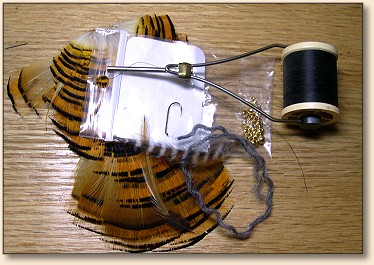 |
 Bead-head Adams By James Birkholm (Castwell), Washington |
|
|

Materials list: Bead-head Adams
Method: Bead-head Adams
|
[ HOME ]
[ Search ] [ Contact FAOL ] [ Media Kit ]
 |
 Bead-head Adams By James Birkholm (Castwell), Washington |
|
|

Materials list: Bead-head Adams
Method: Bead-head Adams
|
[ HOME ]
[ Search ] [ Contact FAOL ] [ Media Kit ]